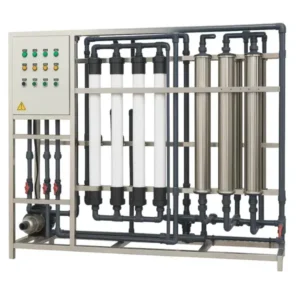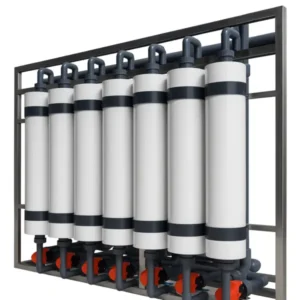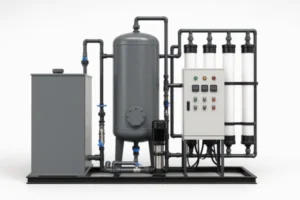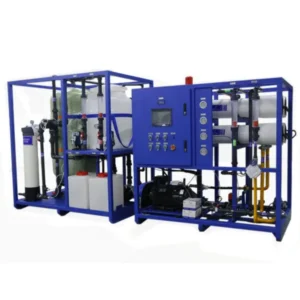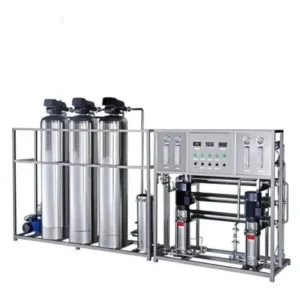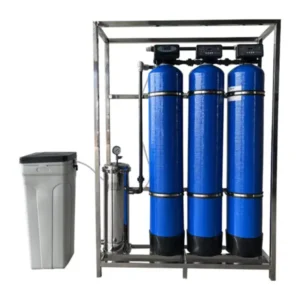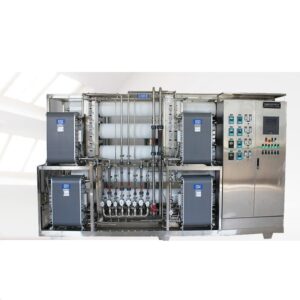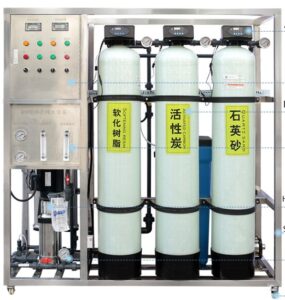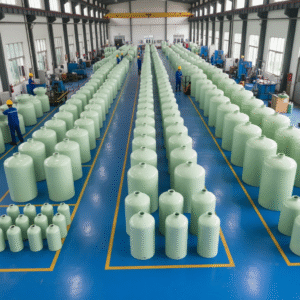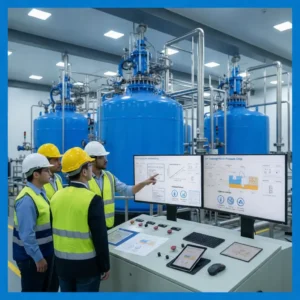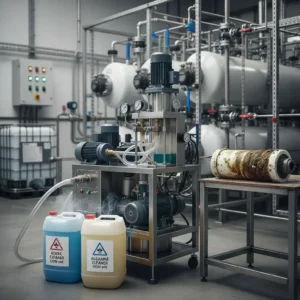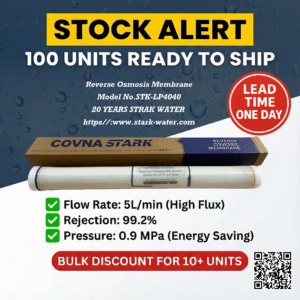
Industrial & Commercial Water Treatment Systems Manufacturer | Stark Water
Waterbehandelingsapparatuur
- Engineering-oplossingen op maat
We bieden volledig op maat gemaakte waterbehandelingssystemen die zijn ontworpen om te voldoen aan uw specifieke procesvereisten, ruimtebeperkingen en regionale normen. - 18 maanden garantie & levenslange technische ondersteuning
Bij elke aankoop krijg je 18 maanden kwaliteitsgarantie en levenslange ondersteuning. - Gratis installatietraining op locatie
Begeleiding bij installatie en inbedrijfstelling is gratis. - Standaard exportverpakking
Alle apparatuur wordt gratis ingepakt met een houten frame volgens de exportnorm. - Uitgebreide export- en leveringsdiensten
We bieden volledige ondersteuning voor zowel LCL- als FCL-zendingen, inclusief gratis containerladen op onze vestiging. Voor binnenlandse bestellingen binnen de provincie is gratis levering beschikbaar. Alle logistiek wordt ondersteund met de juiste documentatie en tijdige coördinatie. - Onze belofte: langdurig partnerschap
Je bestelling is het begin - niet het einde - van onze toewijding. We groeien samen met onze klanten, bij elke stap.
Waarom kiezen voor Covna Stark
Waterbehandelingsonderdelen
200+ Octrooicertificaten






Bekijk meer product
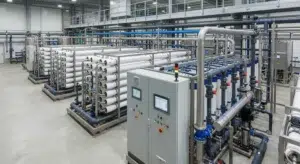
Gidsen voor industriële waterbehandeling
Ultrafiltration Membrane Process: A Complete Guide to Water Treatment Design & Operation
Read More "
december 5, 2025

